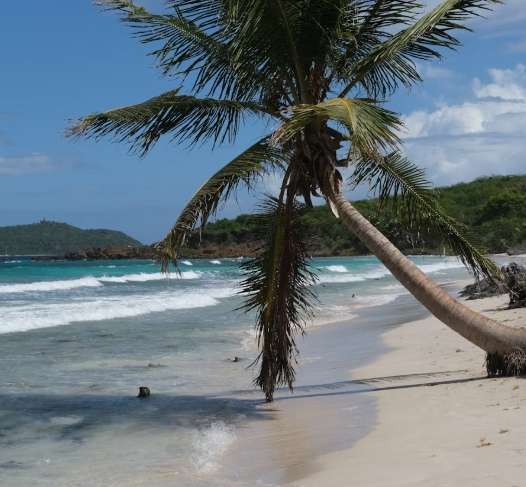– Advertisement –
The Dominican Republic has achieved remarkable success in its reforestation efforts over the past decade, marking a substantial increase in forested areas.
According to the National Office of Statistics (ONE), reforested land grew from 14,126 hectares in 2013 to 131,338 hectares in 2023—a staggering 829% increase. This progress reflects the country’s commitment to environmental conservation and the implementation of effective reforestation strategies.
Key species include native hardwoods like cedar, carob, and mahogany, which are valued for their timber and ecological benefits. Additionally, pines such as the Hispaniolan pine (Pinus occidentalis), endemic to the island, are planted to rehabilitate mountainous areas and prevent soil erosion.
Fruit-bearing trees are also integral to these efforts, providing both environmental and economic advantages. Species like cashew, almond, beach grape, sapote, and soursop are cultivated to enhance biodiversity and offer sustainable income sources for local farmers.
In coastal regions, mangrove reforestation is prioritized to protect shorelines and support marine ecosystems. Replanting mangroves helps reduce coastal erosion, improve water quality, and provide habitats for various aquatic species, contributing to the resilience of coastal communities.
Collaborations with organizations like the Royal Botanic Gardens, Kew, have led to the propagation of over 70 native tree species. More than 20,000 seedlings have been distributed to support reforestation in degraded forests and urban green areas, emphasizing the importance of native flora in restoration projects.
The year 2023 was particularly significant for the DR, with the highest level of reforestation recorded, surpassing earlier milestones in 2019 and 2013. The government’s introduction of the National Reforestation and Ecosystem Restoration Plan in June 2023 played a key role in this achievement.
This ambitious plan aimed to plant 20 million seedlings across 25,000 acres within two years, and it has already achieved 82% of its target. These efforts are designed to restore degraded ecosystems and improve the overall health of the country’s forests.
In addition to environmental benefits, the reforestation initiatives have provided important socioeconomic advantages. By protecting watersheds, reducing soil erosion, and increasing biodiversity, these programs contribute to sustainable development and enhance the livelihoods of local communities.
Reforestation also supports the country’s climate resilience by combating deforestation and mitigating the effects of climate change, which poses ongoing challenges.
Looking forward, the Dominican government has announced plans to expand its reforestation programs even further. The next phase aims to restore an additional 5,000 square kilometers of forested land, demonstrating the country’s long-term commitment to environmental conservation. While challenges such as funding, seed availability, and climate conditions remain, these ambitious goals highlight the determination to build on recent successes.
The Dominican Republic’s progress in reforestation serves as a model for balancing environmental conservation with socioeconomic development. By raising public awareness, fostering collaboration among stakeholders, and strengthening environmental regulations, the country is addressing both present and future challenges. This combination of strategic planning and broad support ensures that its reforestation efforts will continue to thrive.
Sources: OpenAI, Wikipedia, Dominican Today.
– Advertisement –















